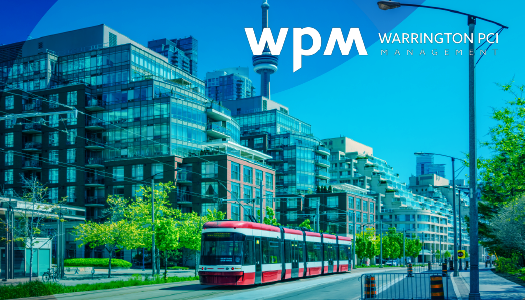(Un)Smart: Why smart cities have failed and how data can fix them
Five years ago, smart cities became the next big thing in sustainability. Trillions of dollars were spent. Moguls graced the covers of magazines.
Smart cities were going to solve urban challenges and resource limitations.
However, many smart cities today are considered failures. The promise of tech-driven urban centers that improve infrastructure, efficiency and overall quality of life has fallen short of expectations.
So why do these projects keep falling flat?
Why smart cities have failed to deliver
City planners have purchased lots of technology without investing in how to use it. According to Marc Evans, Brightly’s Vice President of Government Solutions, there has been too much focus on technology — rather than outcomes — in investing decisions.
“There’s a history of unintelligent spending by smart city planners due to an impulse to buy the most technology their budgets will allow,” Evans argues. “But as we’ve seen with many of these smart cities, that mindset has led to siloed approaches, a lack of focus on overall goals of the project and technology that quickly becomes irrelevant.”
City planners have tended to invest in smart technologies as convenience stopgap solutions that provide quick, targeted fixes intending to eliminate the need to investigate the root causes of breakdowns.
But for many smart cities, those quick fixes have become unrealistic.
How smart cities can succeed
The goal of smart cities is to improve the quality of life for residents. But many planners don’t correctly analyze data to identify specific goals and outcomes. So, the result is solutionism: investments in widgets that don’t actually solve problems or deliver better outcomes.
In Evans’ perspective, there are three key ways smart cities can improve their results:
Analyzing data before investment
City leaders need to review available data in the planning phases of smart city projects. This information will help to determine how, why and where smart technology can have the most significant impact on communities. By reviewing accessible historical data, decision-makers can gain a critical understanding of their assets before any investment.
Using smart tech to capture the right data
ROI can be hard to achieve — if you’re just purchasing widgets in bulk for your smart city project. Not only does this drive-up maintenance costs per year, but it locks planners into long-term contracts with vendors for technology that may become obsolete.
Evans uses an example of drainage systems to demonstrate the mistakes that many planners make in the planning phase:
“Many smart cities consider implementing smart sensors for drainage systems, but they often neglect to review the data on the performance of those assets closely,” Evans explains. “Many questions go unanswered. How often do they fill up? How well do the sensors communicate with each other? What happens if the sensors themselves aren’t properly maintained? Those sensors can quickly become irrelevant if you need to replace the batteries on 5,000 sensors.”
In Evans' view, rather than investing in thousands of sensors to cover more ground in a community, place less of them in strategic locations. Not only will thoughtfully located technology capture more relevant data, but it will achieve better outcomes — with less investment.
What defines “smart?”
For smart cities to be successful, the mindset needs to shift from spending to planning with clearly defined goals based on due diligence in the planning process. But for Evans, it can also mean investing in smarter people instead of only smart technology.
“Smart cities don’t need thousands of sensors or cameras, so long as you're capturing the information and using that to provide a better quality of life,” Evan explains. “Smart projects can be as simple as collecting feedback and having a person who can turn it into action.”
Whether it’s a smart city or a manufacturing facility, if you can capture data, you can make more informed investment decisions.
This is where Brightly can help.
Our IoT remote monitoring systems streamline preventative maintenance, improve profitability through reduced asset downtime and performance issues, and extend the asset life in support of sustainability goals.
To learn more about how Brightly's IoT remote monitoring solutions unlock optimized asset management for smart city projects, check out our Smart Automation solutions.



